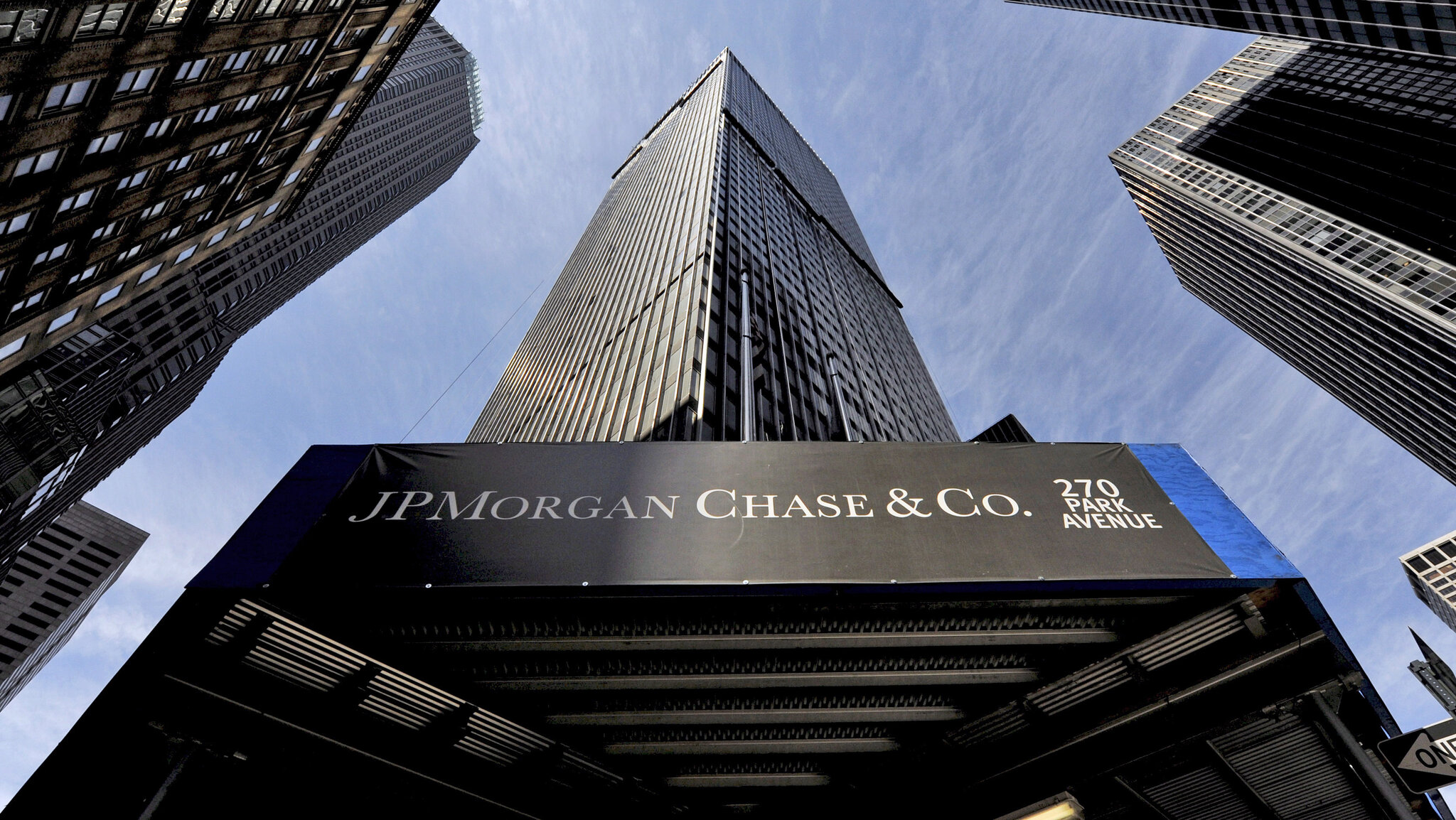
Goldman Sachs reaffirms its “Buy” rating for JPMorgan Chase & Co. (NYSE:JPM), increasing the price target to $251 from $237.
JPMorgan’s strong quarterly earnings outperform market expectations, highlighting the bank’s robust financial health.
The company’s stock has seen a significant increase, with a notable rise of 4.44% to $222.29.
On October 11, 2024, Goldman Sachs reaffirmed its “Buy” rating for JPMorgan Chase & Co. (NYSE:JPM), setting a new price target of $251, up from $237. At the time, JPM’s stock was valued at $222.29. This decision comes amid JPMorgan’s strong quarterly earnings, which have exceeded market expectations, showcasing the bank’s robust financial health.
JPMorgan’s recent earnings report highlights its ability to surpass both top-line and bottom-line expectations, a performance that has been positively received by the market. This is in stark contrast to Wells Fargo, which did not meet its top-line targets. Despite this, both banks have expressed optimism about business trends and the economy’s overall health, indicating a stable spending environment.
The company’s Q3 2024 earnings call provided further insights into its financial performance and strategic direction. Key figures, including CEO Jamie Dimon, discussed revenue, profit margins, and future outlook, offering reassurance to investors. The earnings call is a crucial event for stakeholders, providing transparency and clarity on JPMorgan’s operations and market conditions.
JPMorgan’s stock has seen a notable increase, rising by $9.45, or 4.44%, to reach $222.29. Throughout the day, the stock fluctuated between $215.16 and $224.63. Over the past year, it has reached a high of $225.48 and a low of $135.19. With a market capitalization of approximately $632.45 billion and a trading volume of 16.24 million shares, JPMorgan remains a significant player in the financial sector.
The positive commentary from JPMorgan and Wells Fargo on business trends is particularly reassuring amid concerns about the Federal Reserve’s potential delay in easing monetary policy. While there is some stress at the lower end of the income distribution, the overall outlook remains stable, providing confidence to investors and stakeholders.

